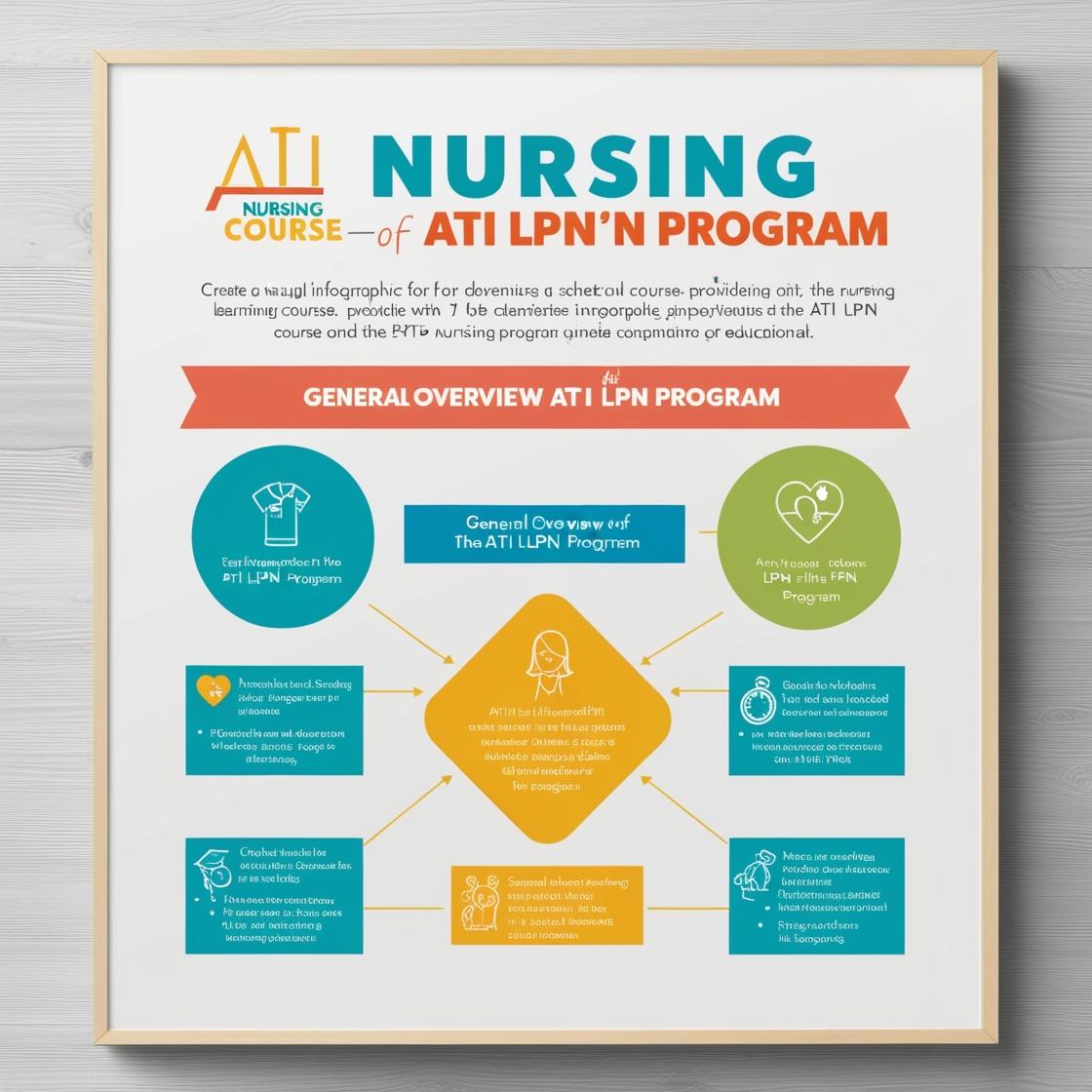LPN LPN
LPN Pediatrics
1. You are treating a 5-year-old child who has had severe diarrhea and vomiting for 3 days and is now showing signs of shock. Supplemental oxygen has been given, and you have elevated his lower extremities. En route to the hospital, you note that his work of breathing has increased. You should:
- A. begin positive-pressure ventilations and reassess the child.
- B. lower the extremities and reassess the child.
- C. listen to the lungs with a stethoscope for abnormal breath sounds.
- D. insert a nasopharyngeal airway and increase the oxygen flow.
Correct answer: B
Rationale: When the work of breathing increases after elevating the legs, it is important to lower the extremities. Elevating the lower extremities in a child with signs of shock can worsen the condition by reducing venous return to the heart. Lowering the extremities can help improve venous return and potentially alleviate the increased work of breathing.
2. Which of the following is a sign of altered mental status in a small child?
- A. Fear of the EMT's presence.
- B. Recognition of the parents.
- C. Inattention to the EMT's presence.
- D. Consistent eye contact with the EMT.
Correct answer: C
Rationale: Inattention to the EMT's presence is a sign of altered mental status in a small child. When a child is not responsive or does not acknowledge the presence of the EMT, it could indicate a change in their mental status. This lack of attention or awareness may signify a neurological issue or other medical condition affecting the child's cognitive function.
3. During transport of a woman in labor, the patient tells you that she feels the urge to push. You assess her and see the top of the baby's head bulging from the vagina. What should you do?
- A. Ask the mother to take short, quick breaths until you arrive at the hospital.
- B. Allow the head to deliver and check for the location of the cord.
- C. Apply gentle pressure to the baby's head and notify the hospital immediately.
- D. Advise your partner to stop the ambulance and assist with the delivery.
Correct answer: D
Rationale: When the top of the baby's head is visible (crowning) during transport, it indicates imminent delivery. In this situation, it is crucial to stop the ambulance and assist with the delivery. This ensures a safe delivery process for the mother and the baby. Waiting to arrive at the hospital or attempting to apply pressure to the baby's head can lead to complications. Allowing the head to deliver and checking for the cord's location is a necessary step during the delivery process, but the immediate priority is to assist in the safe delivery of the baby.
4. Which of the following signs or symptoms is more common in children than adults following an isolated head injury?
- A. Changes in pupillary reaction
- B. Tachycardia and diaphoresis
- C. Nausea and vomiting
- D. Altered mental status
Correct answer: C
Rationale: Nausea and vomiting are more common in children than adults following an isolated head injury. Children often present with gastrointestinal symptoms like nausea and vomiting after a head injury due to differences in physiological responses compared to adults.
5. Which of the following statements regarding pediatric anatomy is correct?
- A. The child's trachea is more rigid and less prone to collapse.
- B. The occiput is proportionately larger when compared to an adult.
- C. Airway obstruction is common in children due to their large uvula.
- D. Relative to the overall size of the airway, a child's epiglottis is smaller.
Correct answer: B
Rationale: The occiput, the back part of the head, is proportionately larger in children compared to adults, which can have implications for airway management techniques. This anatomical difference is important to consider when providing care to pediatric patients, especially during airway interventions.
Similar Questions

Access More Features
ATI LPN Basic
$69.99/ 30 days
- 50,000 Questions with answers
- All ATI courses Coverage
- 30 days access @ $69.99
ATI LPN Premium
$149.99/ 90 days
- 50,000 Questions with answers
- All ATI courses Coverage
- 30 days access @ $149.99
